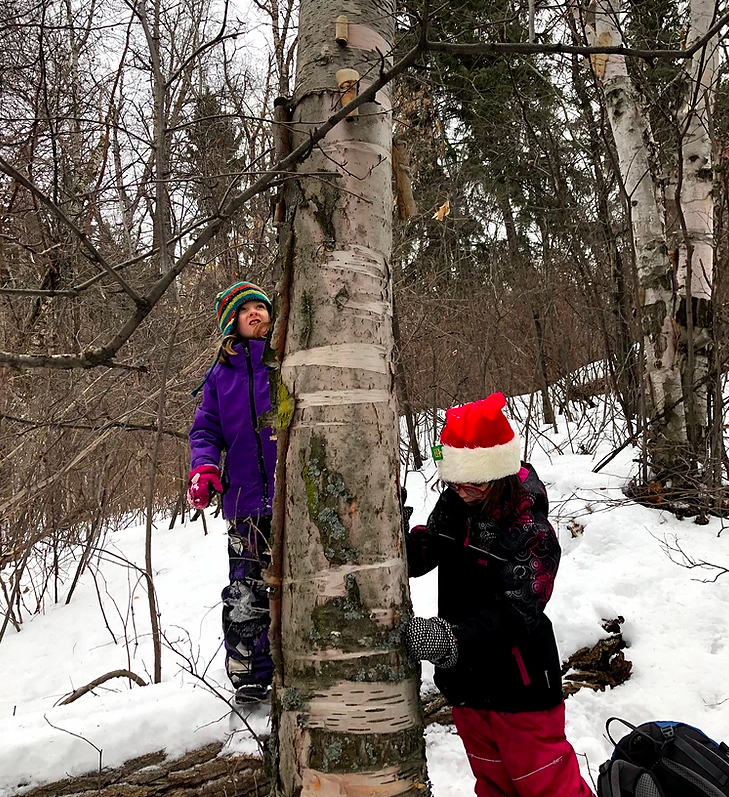Look Until You See
“How long does it take to see something”
-Rebecca Solnit
Standing at the trail head, looking up at the steep incline ahead, my stomach flutters with the anticipation of facing unknown and challenging terrain.
“How long will this take?” I ask my partner.
“Guidebook says 3 hours.”
“We’ll do it in 2!” I declare, certain that my years of hiking experience will serve me in completing the trail in record time.
Success- we’re back at the car in 1 hour and 50 minutes- sweaty and sore but filled with a sense of great accomplishment. We may only have enjoyed the summit view for 5 minutes, but we were fast, and as such, we felt triumphant.
In those youthful days of yore, many of my outdoor adventures fell victim to this approach. Every excursion was an exercise in covering the most terrain, in the shortest amount of time. Experiencing nature was little more than a collection of bold engagements with wild spaces.
I did so much in those years of my youth, but I saw very little.
Recently, I have become more and more interested in the “slow movement”. We’ve seen it applied in many contexts: slow food, slow travel, slow looking*. It is a movement that asks us to reconsider our priorities and slow down our pace.
When we hurry through life, we graze the surface of things, we miss the opportunity to peel back the layers, look closely and connect. Slowing down gives us time to notice more, to ask more questions and ultimately, to better understand the things we experience and see. Taking it slow is an act of revolution in a society that encourages us to do more and more with less and less time.
In Forest School, slow reigns. Every outing is time carved out to escape the frantic societal forces telling us to go, go, go. Each two-hour gathering provides opportunity to practice slow looking, and even better, share in the experience with our children. It is not about getting anywhere in any amount of time. Children set the pace and their natural way of navigating this world reminds us adults of the importance of taking it slow. Forest school is a place where we can accept the invitation to stop whenever something snags at our curiosity and take time to marvel so we can truly see what we are looking at.
“The great benefit of slowing down is reclaiming the time and tranquility to make meaningful connections–with people, with culture, with work, with nature, with our own bodies and minds.”
-Carl Honoré
* Shari Tishman (2018). Slow Looking: the art and practice of learning through observation, New York, Routledge.


